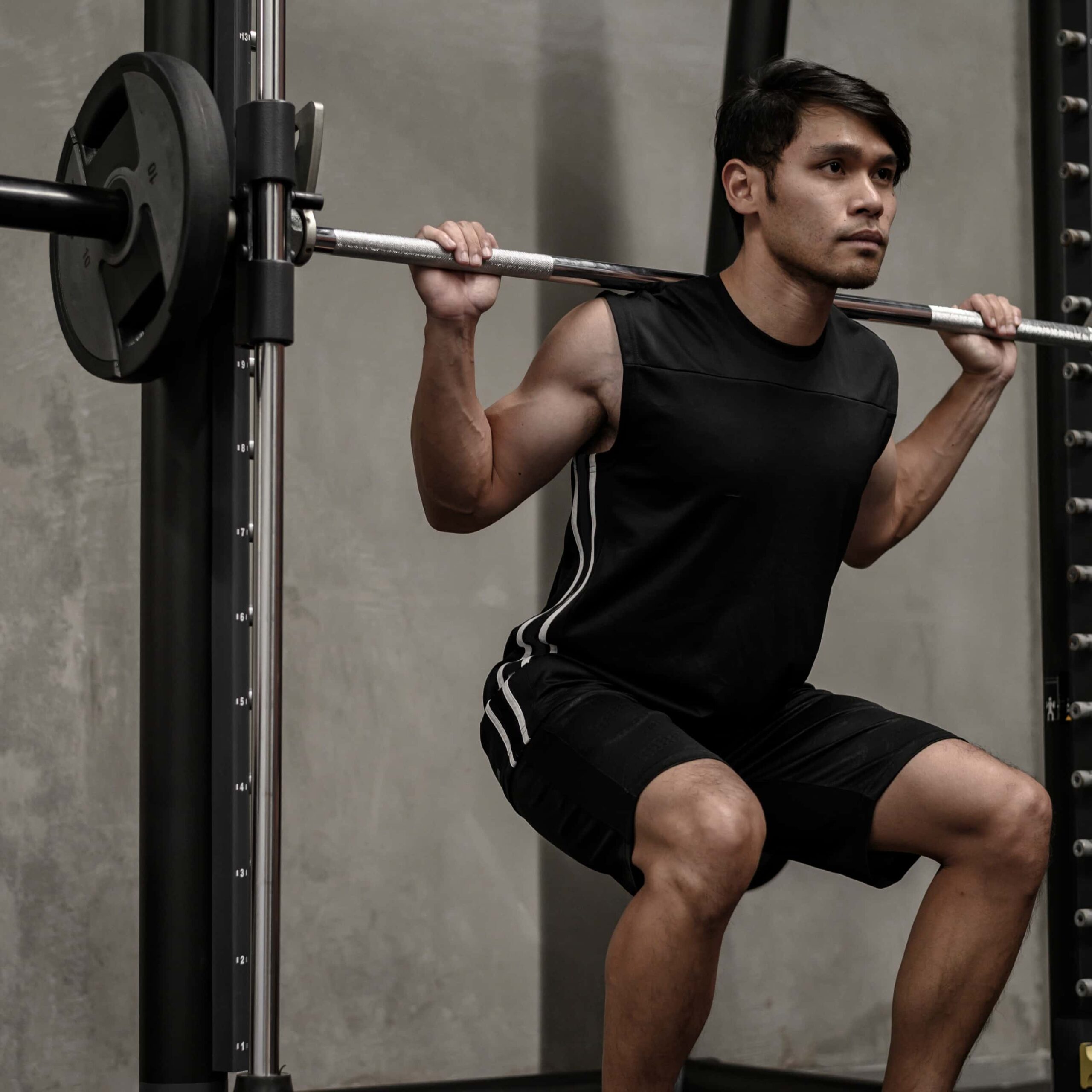Titans of Training: Single-Leg Kettlebell Deadlift vs Lying Leg Curls
3rd Jan 19

Finding a good hamstring exercise is difficult as there are few exercises available, and even more so because of the huge range of variations that every one of them has. The most popular of these exercises are dominantly influenced by either the single-leg kettlebell deadlift or lying leg curls. These are by far the hardest hitters.
This raises the question of which is the better of the two. Luckily, we’re here to look over both of them and allow you to make up your mind.
Want to move fast? Jump to the right section below.
Single-Leg Kettlebell Deadlift

Starting with the kettlebell deadlift, there is a range of points that make it stand out from other deadlift variations, as well as a couple of setbacks.
Firstly, the single-leg kettlebell deadlift only utilises one leg at a time. This is incredibly useful in identifying your strengths and weaknesses in both your legs, as well as your deadlifts. It means that you can really focus on overloading your muscles without the weaker ones, resulting in limitations and helping you get the best possible overall hamstring development.
However, it can also result in one leg being stronger than the other because of this reason. It’s vital that you track your progress individually and as a whole to make sure your strength is functional and unbiased!
The use of kettlebells over the standard barbell is another useful point to consider, as it is often much more comfortable. With excessive weight, the barbell can easily lead to bad form or even injury. Whereas when using a kettlebell with one leg at a time, this risk is reduced dramatically.
Another huge benefit of this exercise is that it’s useful not only as a hamstring trainer but your entire posterior chain too. It works most of your leg and lower back muscles and even helps you improve your balance as your core and hips are used to stabilise your balance on one leg!
Lying Leg Curls

The leg curl is likely to be the more commonly seen and commonly practised exercise of the two.
The leg curl is an extremely efficient way to target and isolate the hamstrings. It definitely does have isolated and overload on its side just like the deadlift if not more so. The lying down version is often the more comfortable way to do the leg curl and is why we’ve chosen it for this article.
The exercise is great in terms of muscle activation, as the lying leg curl is one of the most effective hamstring activators. The single-leg deadlift is not far off though and works more muscles, but the curl has the edge on hamstrings.
The exercise, sadly, though, is not without its issues. Tightening of the hamstrings can be a big problem due to the nature of the movement and how it uses the hamstrings. This also often involves using other muscles to make the exercise easier, such as the lower back, and this is where immediate issues can occur with severe injury.
The Winner
So back to the question: Which is better, the single-leg kettlebell deadlift or lying leg curls?
Overall, both exercises are great at activating the hamstrings and giving you a comprehensive upper-leg workout.
The leg curl is iconic in what it does and its muscle activation levels are higher, making it technically a more effective exercise. The single-leg deadlift is a compound exercise that is still more effective both in time and real strength. The leg curl poses too much of an injury risk from a lack of proper setup, warm-up or just bad technique, and so can’t come out on top.
As we always say, variation is always needed in your workout, but not quite as much as safety and proper form. It of course, ultimately comes down to your preference and workout style, but the single-leg kettlebell deadlift is the real titan here.
Check out the full Titans of Training articles:
- Tricep Dips Vs Overhead Extensions
- Lat Pull Downs Vs Pull-Ups
- Leg Press Vs Squats
- Bench Press Vs Machine Chest Press
- Upright Row Vs Shoulder Press

Before beginning any exercise or nutrition program, consult your physician, doctor or other professional. This is especially important for individuals over the age of 35 or persons with pre-existing health problems. Exercise.co.uk assumes no responsibility for personal injury or property damage sustained using our advice.
If you experience dizziness, nausea, chest pain, or any other abnormal symptoms, stop the workout at once and consult a physician or doctor immediately.









